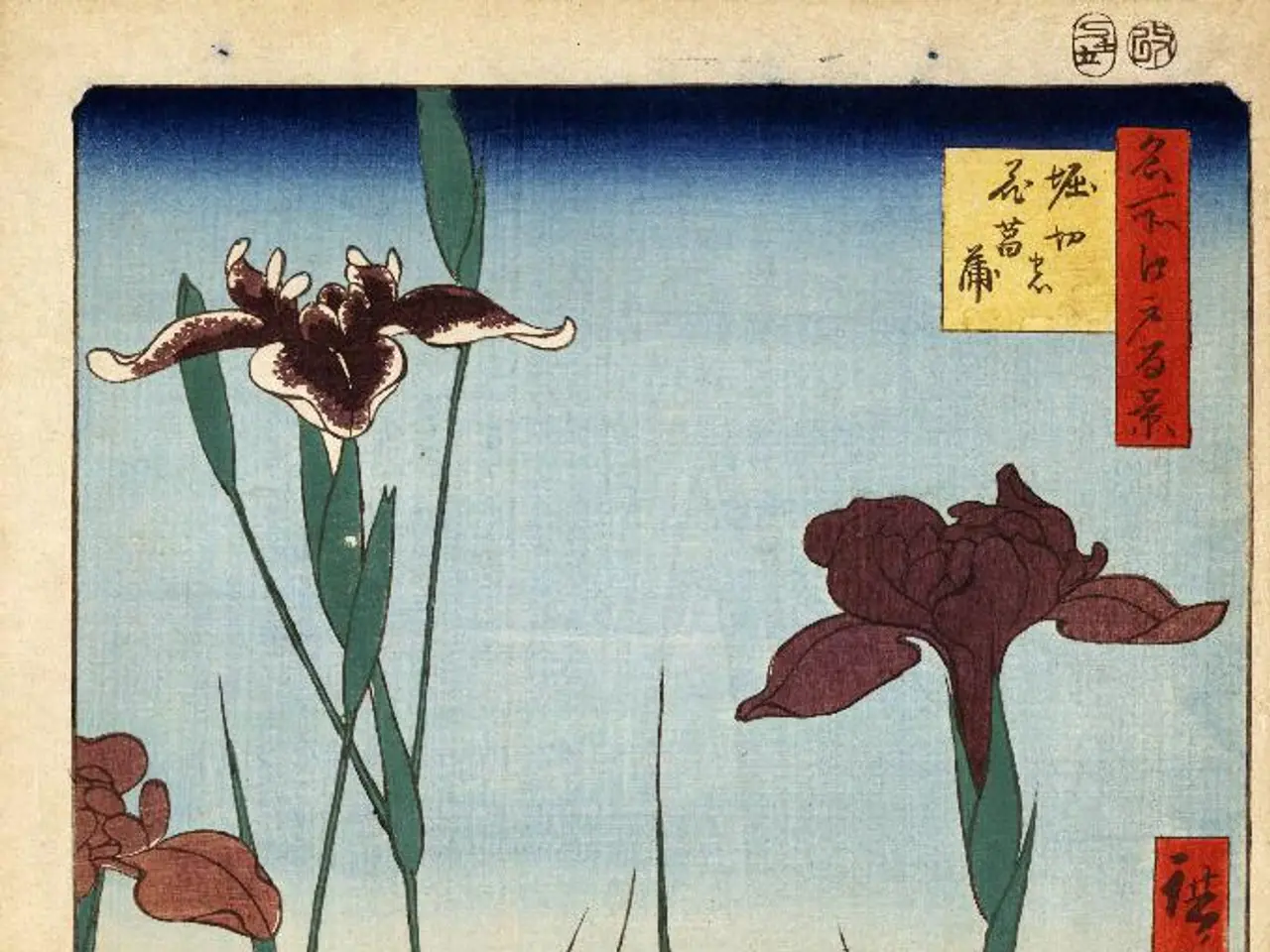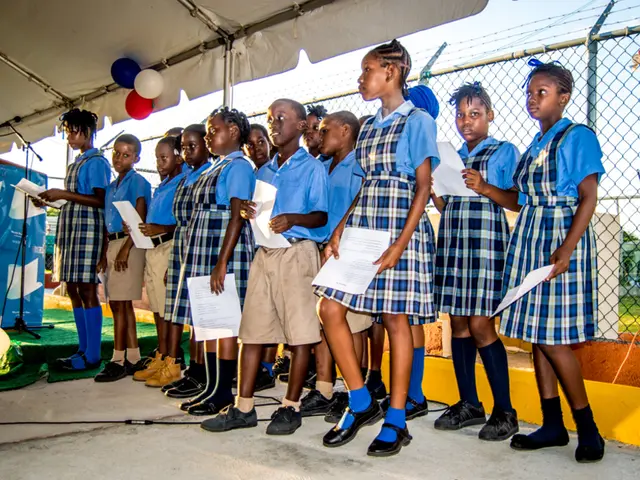Engaging Garden Activities for Young Kids: Guiding Preschoolers in Nature Exploration
In the spirit of fostering a love for nature and science, here's a collection of engaging activities designed to help preschoolers understand plant growth and the wonders of the natural world. These activities blend creativity, exploration, and hands-on learning, making them perfect for early years settings.
1. **Planting Seeds and Watching Them Grow:** Encourage children to plant seeds in small pots or soil and observe the stages of growth daily. This simple yet educational activity teaches about the life cycle of plants and the importance of water and sunlight.
2. **Painting Flower Pots:** Let children unleash their creativity by painting and decorating flower pots before planting seeds or seedlings. This art activity not only promotes self-expression but also instills a sense of ownership and enthusiasm for caring for plants.
3. **Creating a Fairy Garden:** Guide kids to design a miniature garden using natural materials like pebbles, moss, twigs, and shells. This imaginative activity fosters creativity and fine motor skills while connecting children with nature.
4. **Learning About Insects with Magnifying Glasses:** Take children outdoors to explore the different insects that help plants grow and pollinate. This observation activity can help overcome fear and teach the role of bugs in the garden ecosystem.
5. **Building a Simple Bird Feeder:** Use recycled plastic bottles to create bird feeders and hang them outdoors. Kids can observe birds visiting, promoting appreciation for wildlife and teaching sustainability.
6. **Exploring Parts of a Plant:** Use printables or felt materials to teach preschoolers the names and functions of plant parts such as roots, stems, leaves, and flowers.
7. **Interactive Life Cycle Displays:** Set up visual charts or engage children in storytelling about a plant’s life cycle, using props or crafts to represent stages from seed to plant.
In addition to these activities, there are several experiments and art projects that offer unique learning experiences:
- **Growing Grass Heads in a Cup:** A fun and educational activity that teaches children about plant growth. - **The Celery Food Coloring Experiment:** Demonstrates how water travels through a plant and shows how plants absorb water. - **A Plant Scavenger Hunt:** A fun and easy way to learn the names of the parts of a plant. - **The 3 in 1 Flower Activity for Preschoolers:** Includes exploring real flowers with an ice melt activity, sorting and identifying the parts of a flower, and a water sensory bin if time allows. - **Leaf Chromatography: Discover the Hidden Colors of Leaves:** Helps children understand photosynthesis and the pigments in leaves.
For those seeking printable resources or detailed guides for these activities, early years teaching sites provide editable and free materials focused on plant topics.
Moreover, growing certain vegetables, such as lettuce, from their stalks right on the kitchen counter, teaches kids that some plants can regrow from leftover scraps. Seeds like beans, sunflowers, radishes, peas, marigolds, pumpkins, and tomatoes are also easy to grow with kids, and easy flowers for kids to grow include those with large seeds that are easy for little fingers to pick up.
Finally, Seed Bombs: Planting with Recycled Paper can be used as a hands-on preschool plant activity or as gifts, requiring only flower seeds and scrap paper. The Preschool Spring Plants Theme Project Pack offers easy lesson plans for teaching preschoolers about plants, and the color changing flowers activity shows how white flowers can be turned into a rainbow of color, teaching children about the parts of a flower.
By keeping activities simple, engaging, and multisensory, these activities help preschoolers grasp plant growth and connect with nature in a meaningful way.
- Engage children in the Planting Seeds and Watching Them Grow activity, where they plant seeds in small pots and observe growth daily to understand plant life cycles.
- Let children decorate flower pots with paint in the Paintings for Flower Pots activity, promoting creativity and a sense of ownership for their plants.
- Encourage kids to design a miniature Fairy Garden using natural materials like pebbles, moss, twigs, and shells, fostering creativity and fine motor skills.
- Set out on a Learning About Insects adventure outdoors, using magnifying glasses to observe insects that help plants grow and pollinate.
- Create a Simple Bird Feeder using recycled plastic bottles and hang them outdoors, promoting appreciation for wildlife and teaching sustainability.
- Use printables or felt materials to teach preschoolers about Parts of a Plant, such as roots, stems, leaves, and flowers.
- Assemble Interactive Life Cycle Displays to help kids visualize a plant's growth stages through storytelling or visual charts.
- Try the Growing Grass Heads in a Cup activity, an educational and fun experiment that teaches children about plant growth.
- The Celery Food Coloring Experiment demonstrates how water travels through a plant and shows its absorbing properties.
- Conduct a Plant Scavenger Hunt to learn the names of plant parts and make learning fun and interactive.
- Engage preschoolers in the 3 in 1 Flower Activity, which includes exploring real flowers, identifying flower parts, and playing with water sensory bins.
- Leaf Chromatography: Discover the Hidden Colors of Leaves helps children understand photosynthesis and the pigments in leaves by using colors to create a rainbow.








